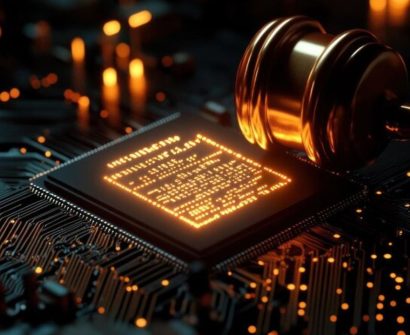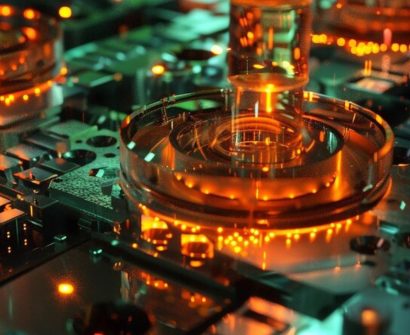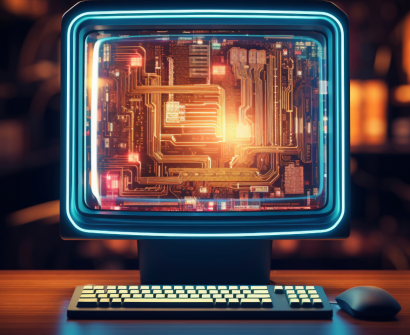
Introduction:
The role of a physical design engineer is essential in transforming complex circuit designs into functional silicon chips. This career path offers both challenges and rewards, combining technical expertise, problem-solving skills, and attention to detail. In this blog, we’ll break down the responsibilities, key skills, and career opportunities for physical design engineers, giving you a complete overview if you’re considering this field.
1. Who Is a Physical Design Engineer?
A physical design engineer specializes in translating abstract circuit designs (known as Register Transfer Level, or RTL designs) into a layout suitable for silicon manufacturing. Unlike front-end engineers, physical design engineers work at the back end of the chip design process. Here, they ensure the design meets physical requirements like timing, power, and area. In essence, they help make modern devices like smartphones and laptops functional by converting design into silicon.
2. Key Responsibilities of a Physical Design Engineer
Physical design engineers manage several essential tasks. Their responsibilities include:
- Floorplanning: Defining the optimal placement of blocks and cells within the chip.
- Placement: Positioning standard cells to reduce wire length and improve performance.
- Clock Tree Synthesis (CTS): Ensuring the clock signal reaches all parts of the circuit simultaneously for synchronized operations.
- Routing: Creating signal pathways, balancing integrity, power, and timing.
- Timing Closure: Verifying that all signals meet their timing requirements to avoid delays.
- Power Optimization: Meeting power requirements with techniques like clock and power gating.
- Verification and Sign-off: Running final checks on timing, power, and signal integrity before sending designs for fabrication.
Each step involves complex software and methods, requiring high proficiency with Electronic Design Automation (EDA) tools.
3. Essential Skills for Physical Design Engineers
To excel in this field, physical design engineers need a blend of technical skills and problem-solving abilities. Key skills include:
- Proficiency in EDA Tools: Mastery of industry-standard EDA tools like Cadence and Synopsys is essential.
- VLSI Knowledge: A strong understanding of Very-Large-Scale Integration (VLSI) design principles.
- Programming and Scripting: Proficiency in scripting languages such as TCL, Python, and Perl is beneficial.
- Analytical Skills: The ability to analyze and optimize designs within stringent physical constraints.
- Attention to Detail: Small errors can create significant issues, so meticulousness is crucial.
- Team Collaboration: Since they work closely with RTL designers and verification teams, effective communication is essential.
4. Career Path and Progression
Physical design engineers often start in junior roles, learning under experienced mentors. With experience, they can move into roles such as:
- Senior Physical Design Engineer: Managing complex design tasks like timing closure and power optimization.
- Physical Design Lead: Coordinating design efforts across teams, ensuring all blocks meet specifications.
- Project Lead or Design Manager: Overseeing projects, including timelines, budgets, and team roles.
- Technical Director: Shaping company strategy for design processes, methodologies, and innovations.
With the ever-growing demand for semiconductor products, physical design engineering offers strong career growth and excellent compensation.
5. Industry Demand and Future Outlook
The semiconductor industry is expanding rapidly, driven by technologies like AI, IoT, and 5G. This growth increases demand for skilled physical design engineers, especially as chip designs grow more complex. According to industry reports, this field shows steady demand, and companies value professionals with a knack for solving intricate design problems. This career is ideal for those interested in cutting-edge technology and problem-solving.
6. Challenges and Rewards in Physical Design Engineering
Physical design engineering is challenging yet rewarding. Common challenges include:
- Timing Closure: Achieving timing closure in complex designs is time-consuming and requires precision.
- Power Efficiency: Balancing power consumption with performance adds complexity.
- Design Complexity: Advanced technologies demand careful handling of highly intricate designs.
Despite these challenges, the field offers significant rewards. Physical design engineers enjoy the satisfaction of seeing their work come to life in consumer products, from smart devices to autonomous cars. The career also provides competitive salaries and steady advancement opportunities.
7. How to Become a Physical Design Engineer
If you’re interested in becoming a physical design engineer, follow these steps:
- Educational Background: Start with a degree in electrical engineering, electronics, or a related field. Many pursue a master’s for specialized knowledge.
- Skill Development: Develop proficiency in EDA tools, programming languages, and VLSI concepts.
- Internships and Training Programs: Gain hands-on experience through internships or training programs.
- Certifications: Consider industry-recognized certifications in EDA tools or VLSI design to boost your credentials.
Conclusion
Physical design engineering is a critical role in the semiconductor industry with excellent growth opportunities. As a physical design engineer, you play a vital role in developing cutting-edge electronics, transforming ideas into products. With the demand for semiconductors on the rise, this career path holds substantial potential, offering a blend of challenges and rewards.
Whether you’re a recent graduate or an experienced engineer, physical design engineering lets you work on exciting technologies and be part of a dynamic industry. Embrace this path, and you’ll find it both fulfilling and impactful.
Also Read : fpga architecture in vlsi
To know more about VLSI Course , SuccessBridge VLSI training institute. You can begin your VLSI career by enrolling in the placement-assisted live courses available at SuccessBridge We offer various VLSI online courses. We offer VLSI Physical Design course, Design Verification course, DFT Training , Chip design course many more. Explore VLSI Courses From The Leaders In VLSI Training






